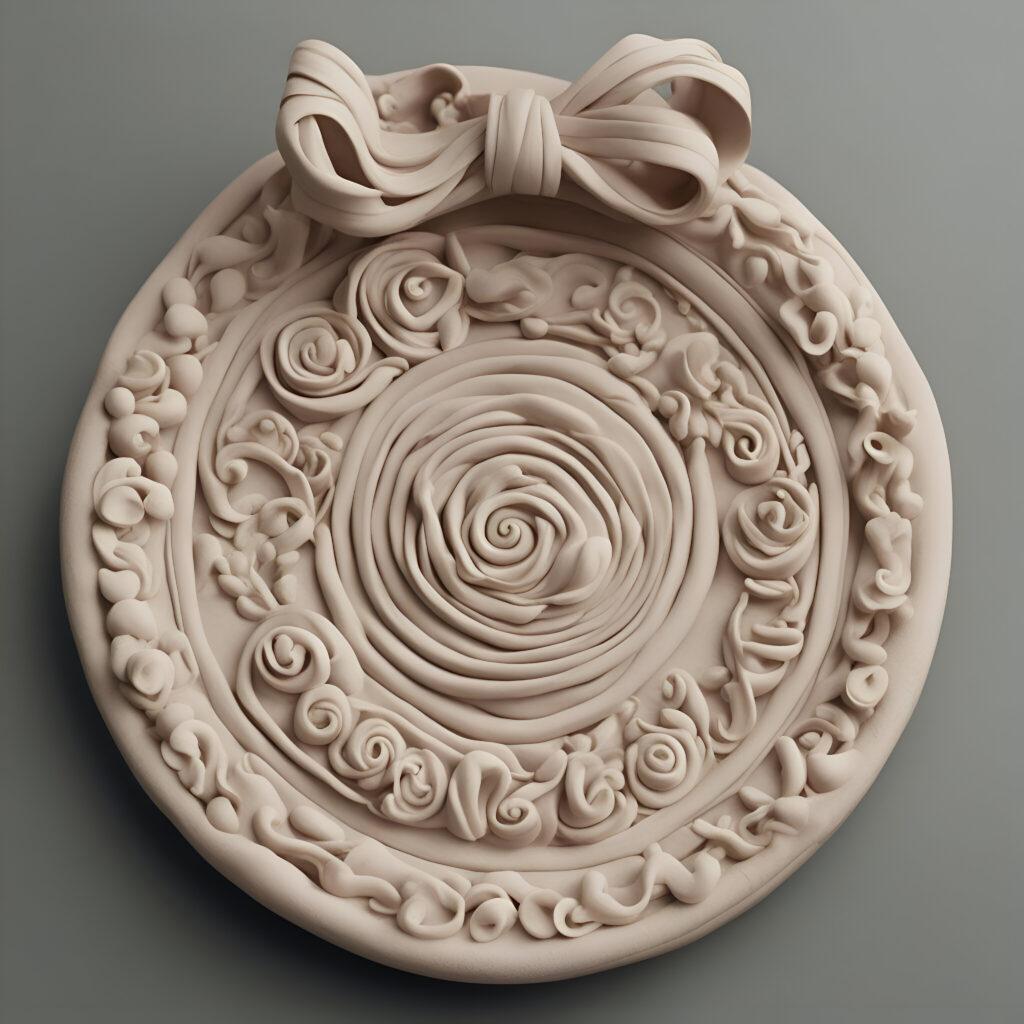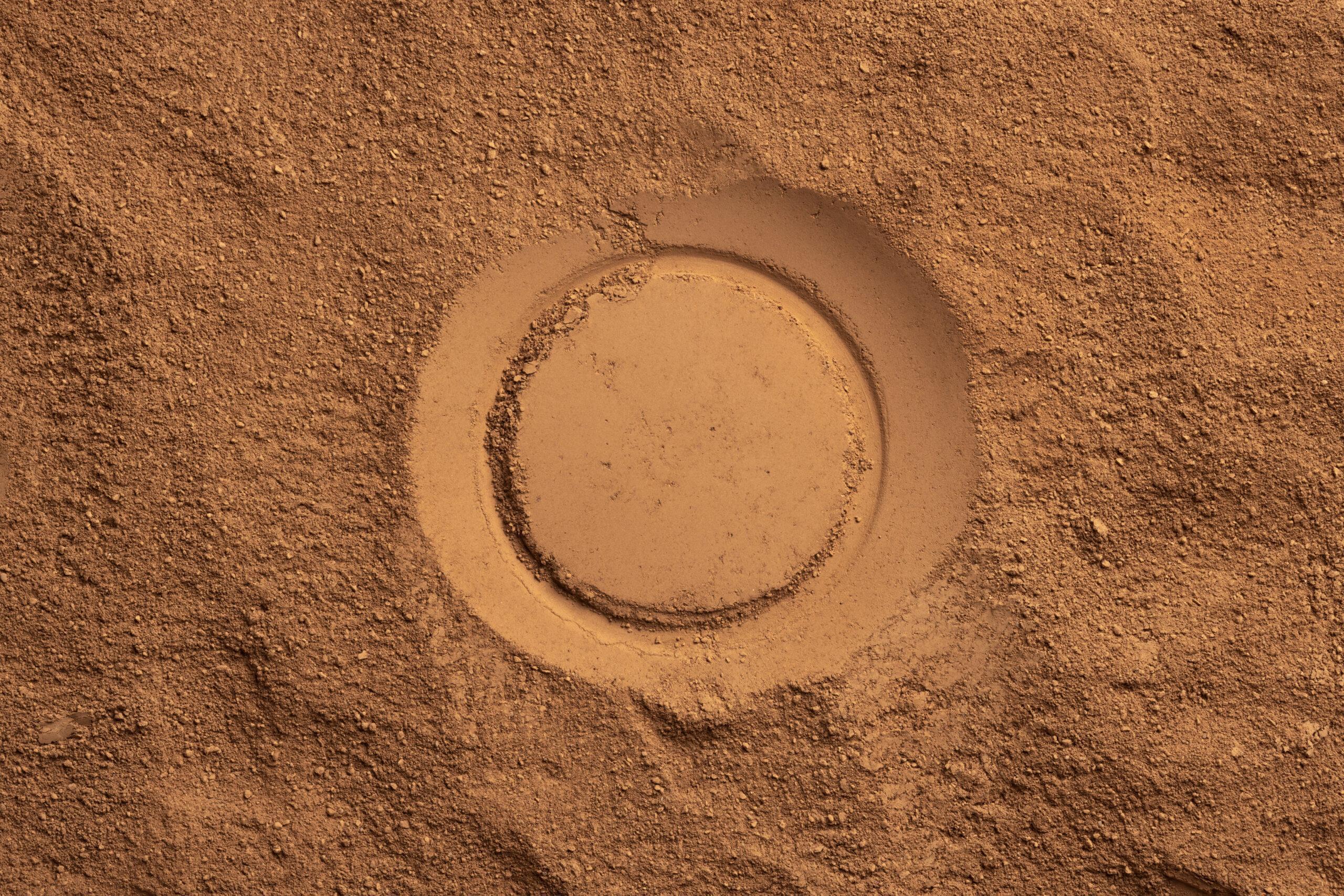The Forgotten Origins of Writing: How Mesopotamian Seals Paved the Way for Cuneiform
New Research Reveals Cylinder Seals as Precursors to the World’s First Writing System
By Michael Marshall
Long before the invention of cuneiform—humanity’s first true writing system—the people of Mesopotamia were already developing symbolic communication through an unexpected medium: cylinder seals. A groundbreaking new study suggests these intricate carved rollers, used to imprint patterns onto clay, may have contributed key symbols that later evolved into proto-cuneiform, bridging the gap between pictorial representation and true writing.
Cylinder Seals: The Ancient “Signatures” of Mesopotamia
For over a millennium before writing emerged, Mesopotamian merchants and administrators used cylinder seals—small, engraved stone cylinders—to mark ownership and record transactions. When rolled across wet clay tablets, these seals left behind distinctive rectangular impressions featuring:
✔ Symbolic imagery (animals, deities, geometric patterns)
✔ Administrative marks (denoting goods, quantities, or officials)
✔ Early proto-writing elements that later appeared in cuneiform

“These weren’t just decorative,” explains Mattia Cartolano of the University of Bologna. “They were functional tools for economic control—the prehistoric equivalent of barcodes or signatures.”
From Seals to Script: The Missing Link in Writing’s Evolution
The Traditional Theory: Clay Tokens as Precursors
For decades, scholars believed clay tokens (small, marked objects pressed into clay) were the sole precursors to proto-cuneiform. As documented by Denise Schmandt-Besserat in the 1990s, some token symbols directly matched early cuneiform signs for commodities like grain or livestock.
But there was a problem:
🔎 Only ~15% of proto-cuneiform signs clearly derived from tokens.
🔎 No explanation existed for the remaining 85% of symbols.
The New Discovery: Seals Filled the Gap
A team led by Dr. Silvia Ferrara (University of Bologna) analyzed 4,400–3,400 BC cylinder seals across Mesopotamia and found:
✅ Direct symbol overlap with later proto-cuneiform
✅ Key examples:
- Fringed cloth = textile shipments
- Vessel in a net = transported goods
✅ Administrative continuity: Seals and early writing served identical record-keeping purposes
“The correlation is undeniable,” says Amy Richardson (University of Reading). “Seals provided the visual vocabulary that tokens alone couldn’t.”
Rewriting History: A Decentralized Birth of Writing
The findings challenge the long-held view that writing emerged top-down from Uruk’s elite scribes. Instead, evidence suggests:
🌍 Multiple regions contributed symbols
📦 Merchants & administrators developed practical marks
🔄 Hybrid system: Tokens + seals + regional innovations = proto-cuneiform
“This was a grassroots evolution,” Ferrara emphasizes. “Dozens of communities across Mesopotamia collectively ‘invented’ writing through daily use.”
Why This Changes Everything
- Tokens weren’t the whole story—seals played an equally vital role.
- Writing emerged organically from economic needs, not royal decree.
- Early symbols were multilingual, reflecting Mesopotamia’s trade networks.
As Holly Pittman (University of Pennsylvania)—who first proposed this link in 1994—notes:
“After 30 years of skepticism, it’s validating to see proof that seal imagery was foundational to writing’s birth.”
From Record-Keeping to Literature
While early writing tracked sheep, wheat, and beer rations, its potential soon expanded:
📜 2600 BC: First legal codes
📖 2100 BC: Epic of Gilgamesh (world’s oldest literature)
🔢 1800 BC: Advanced mathematics
“Every invoice, every inventory—these mundane records were the first steps toward poetry, law, and science,” Richardson reflects.
Future Research Directions
🔬 3D scanning to compare seal impressions with early tablets
🌐 Database of symbols to map regional variations
⏳ Earlier seals (pre-4400 BC) may reveal even older prototypes
Further Reading:
- Before Writing (Schmandt-Besserat, 1992)
- Art of the First Cities (Pittman, 2003)
- The Invention of Cuneiform (Glassner, 2003)
Image Credits: Public domain images of Mesopotamian seals and tablets.

